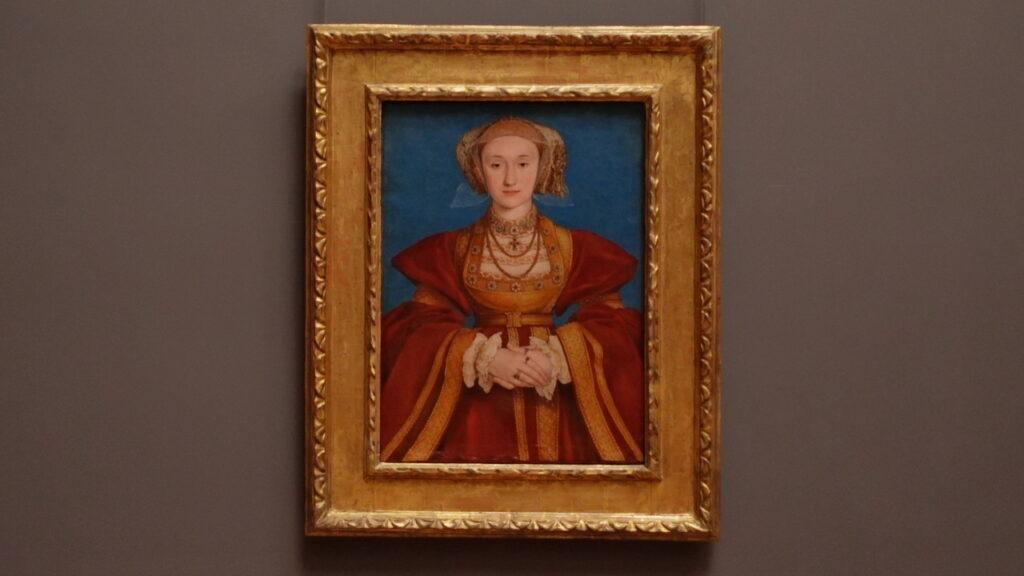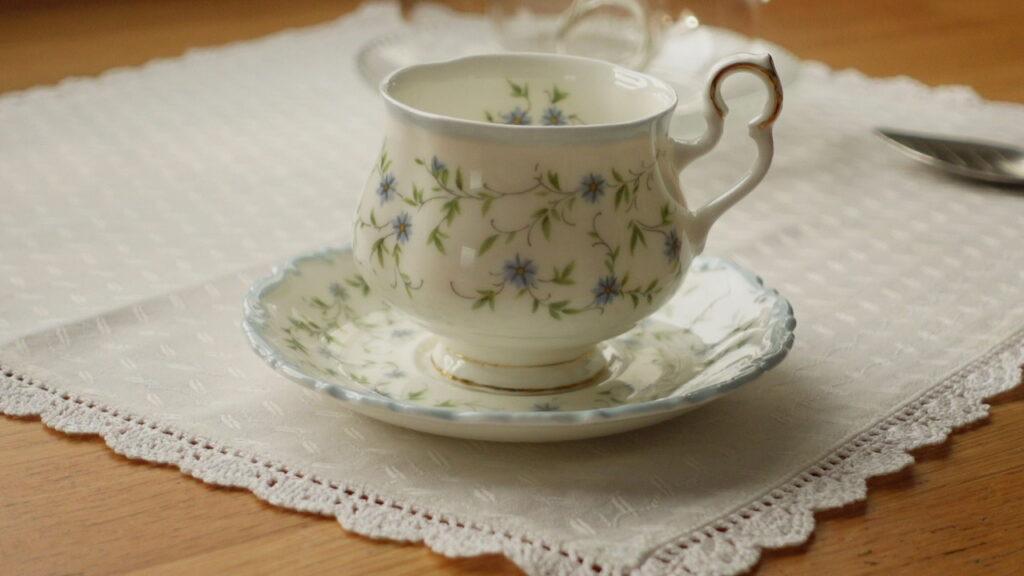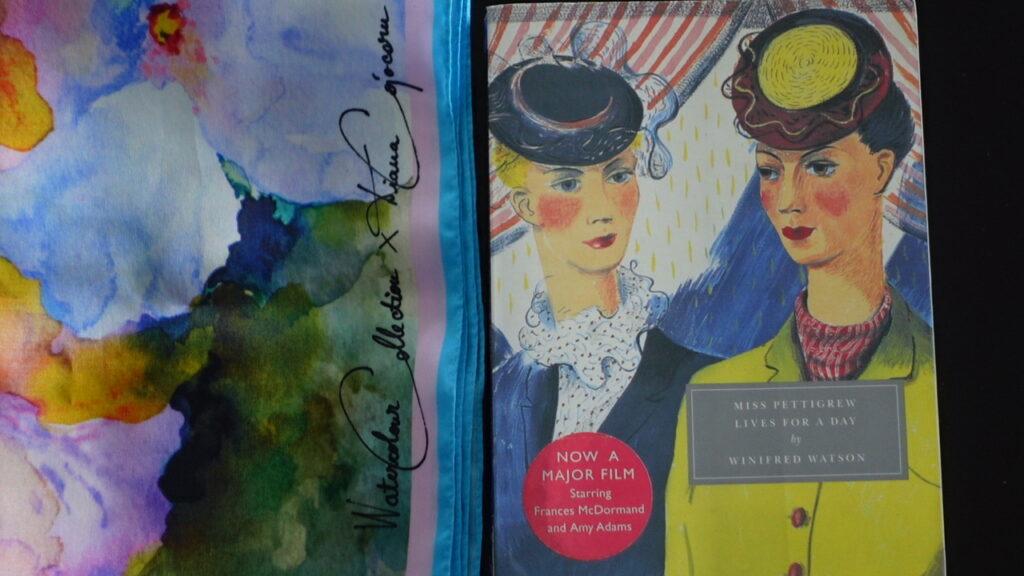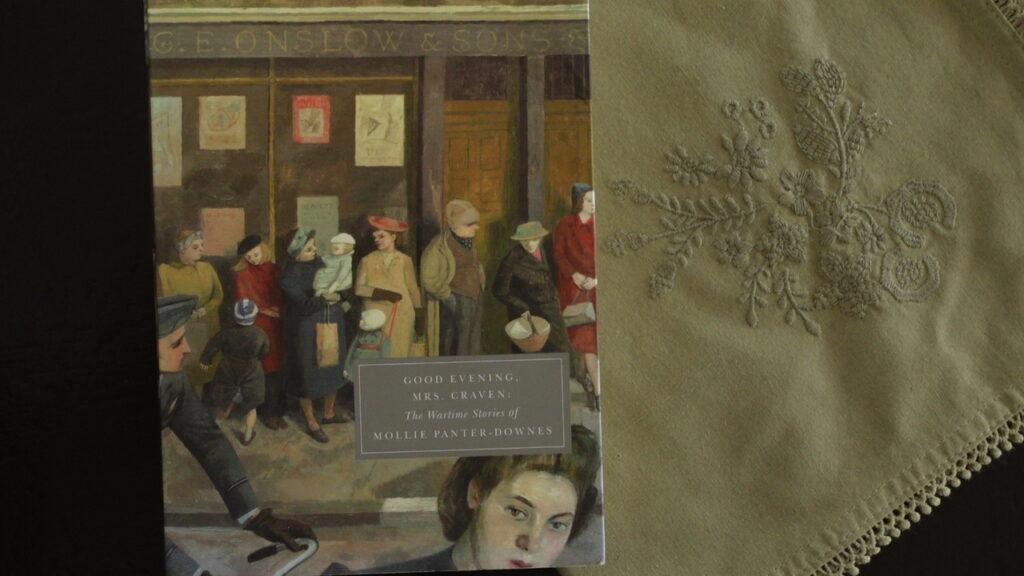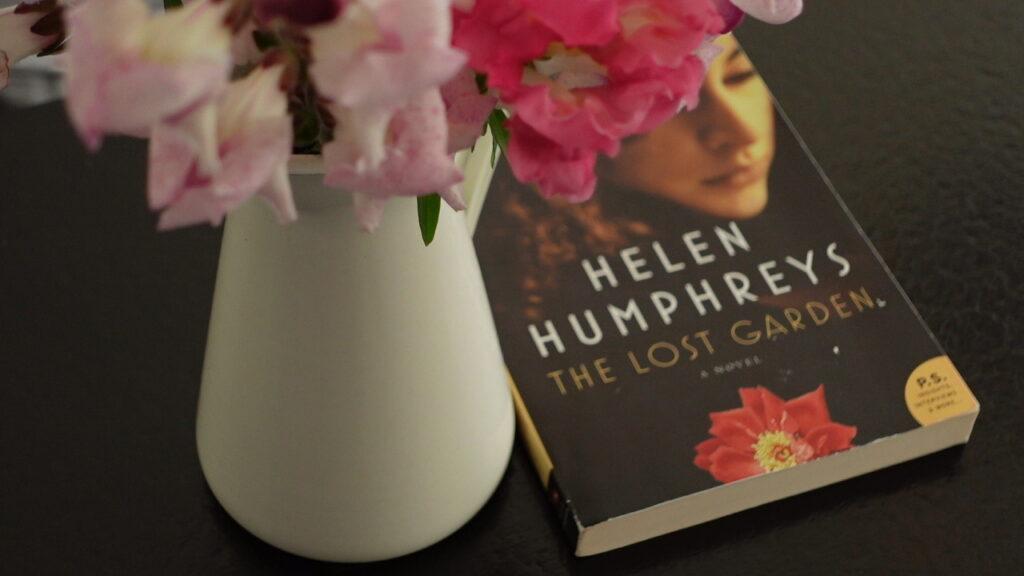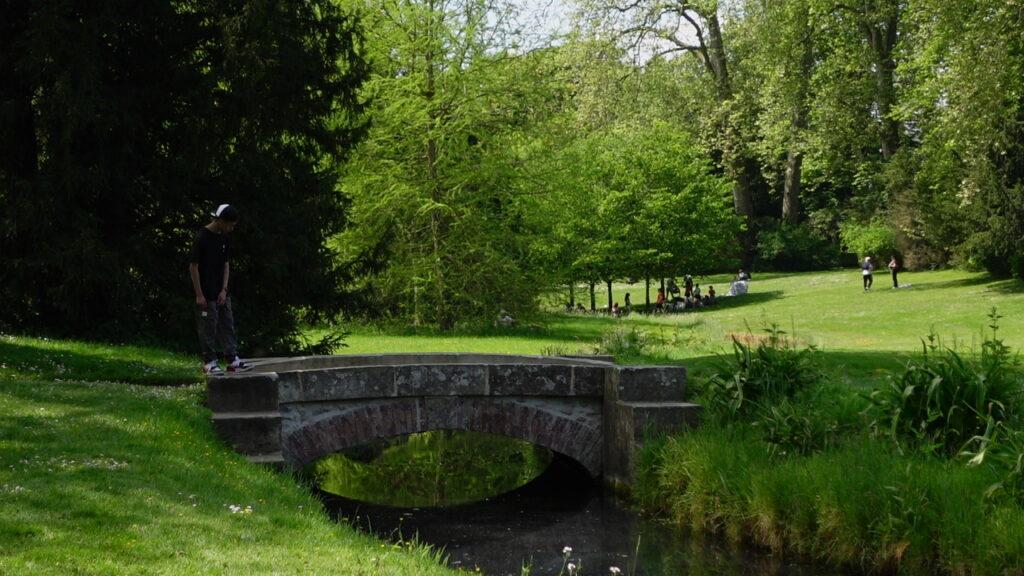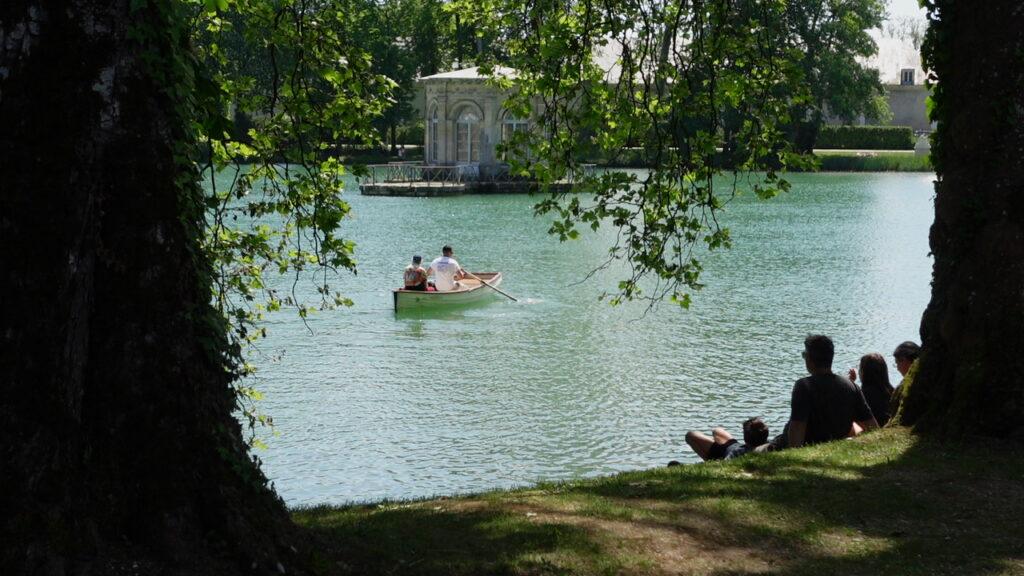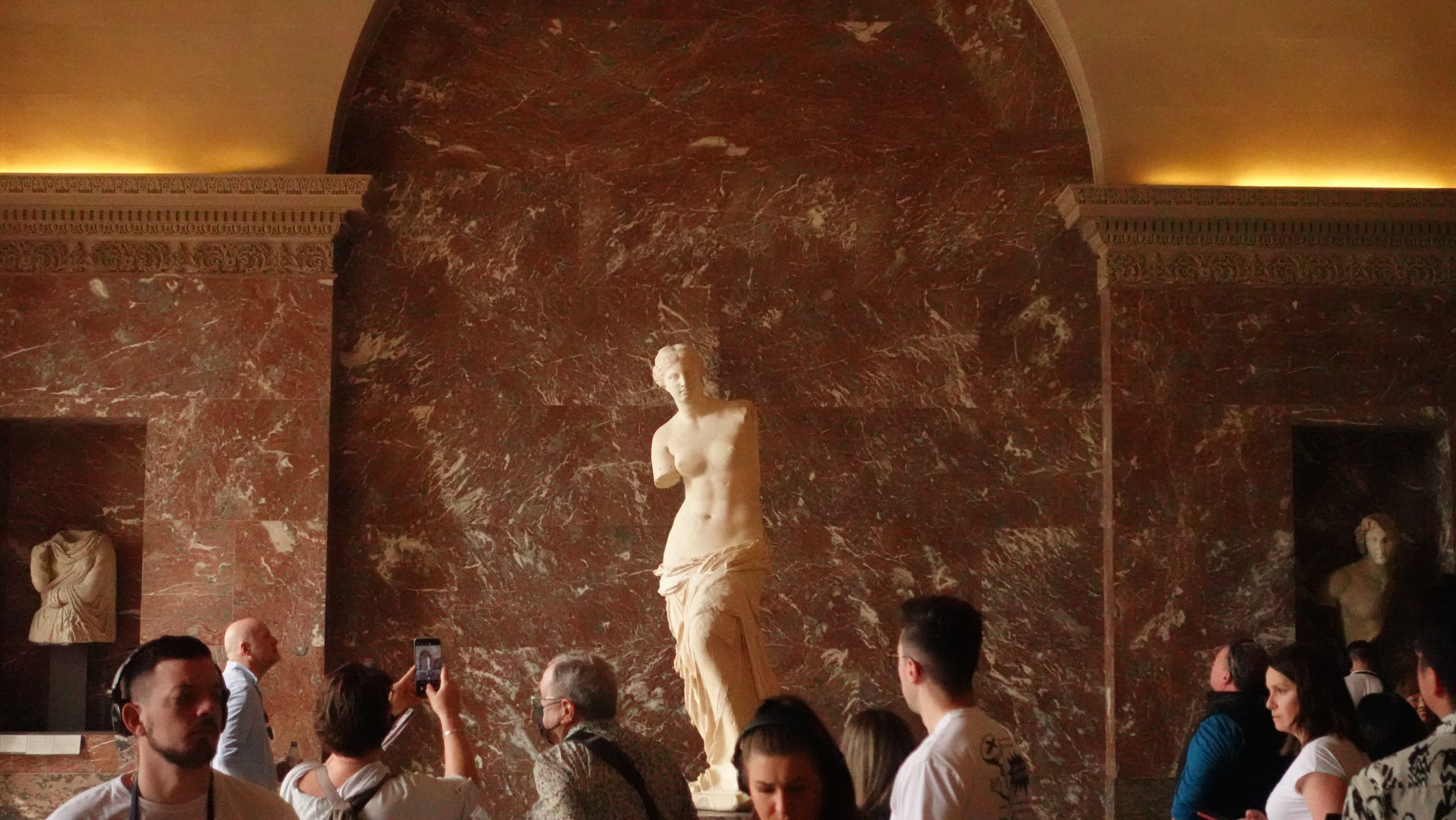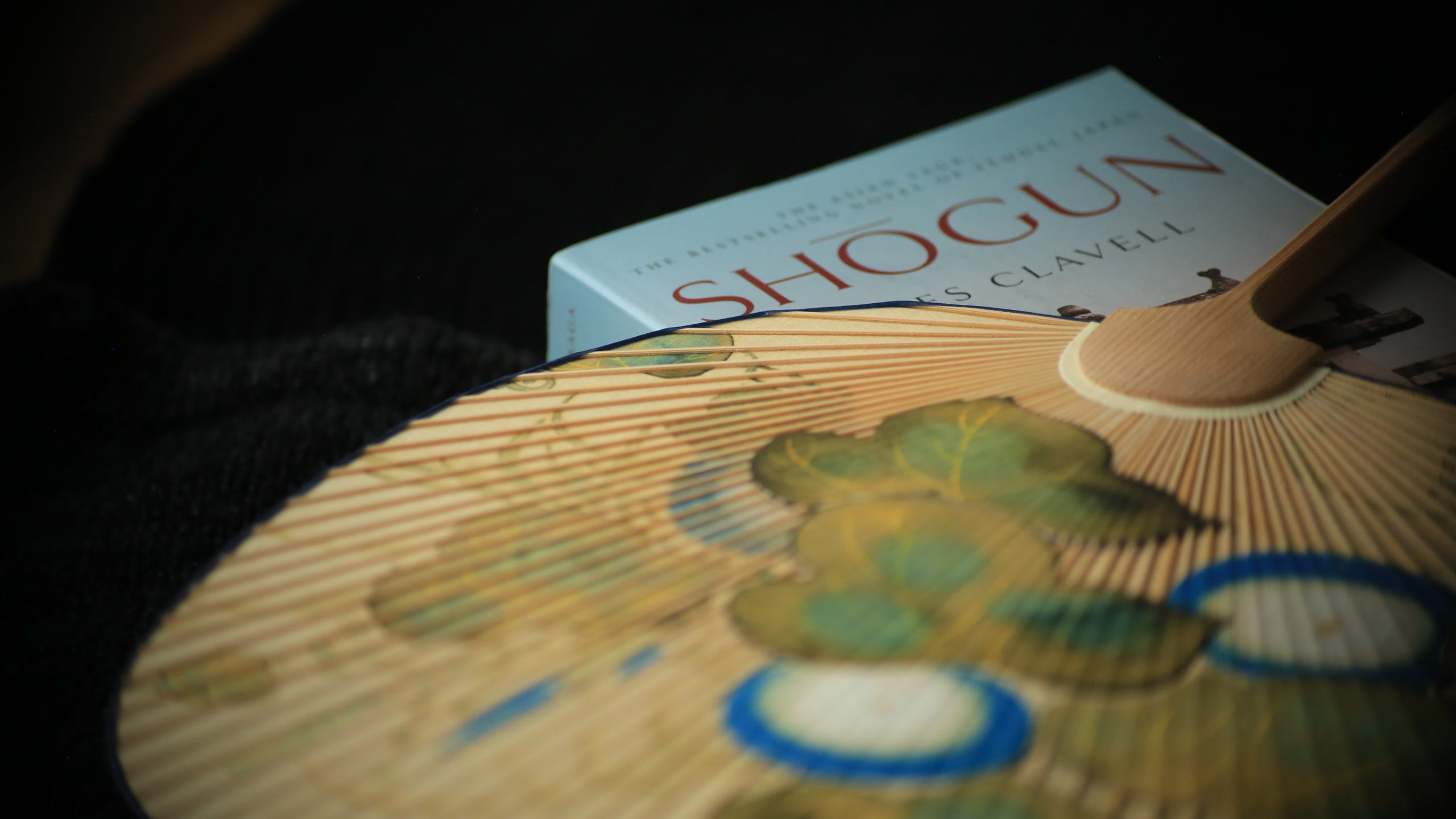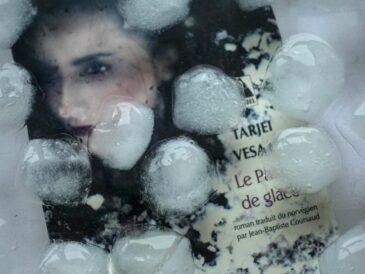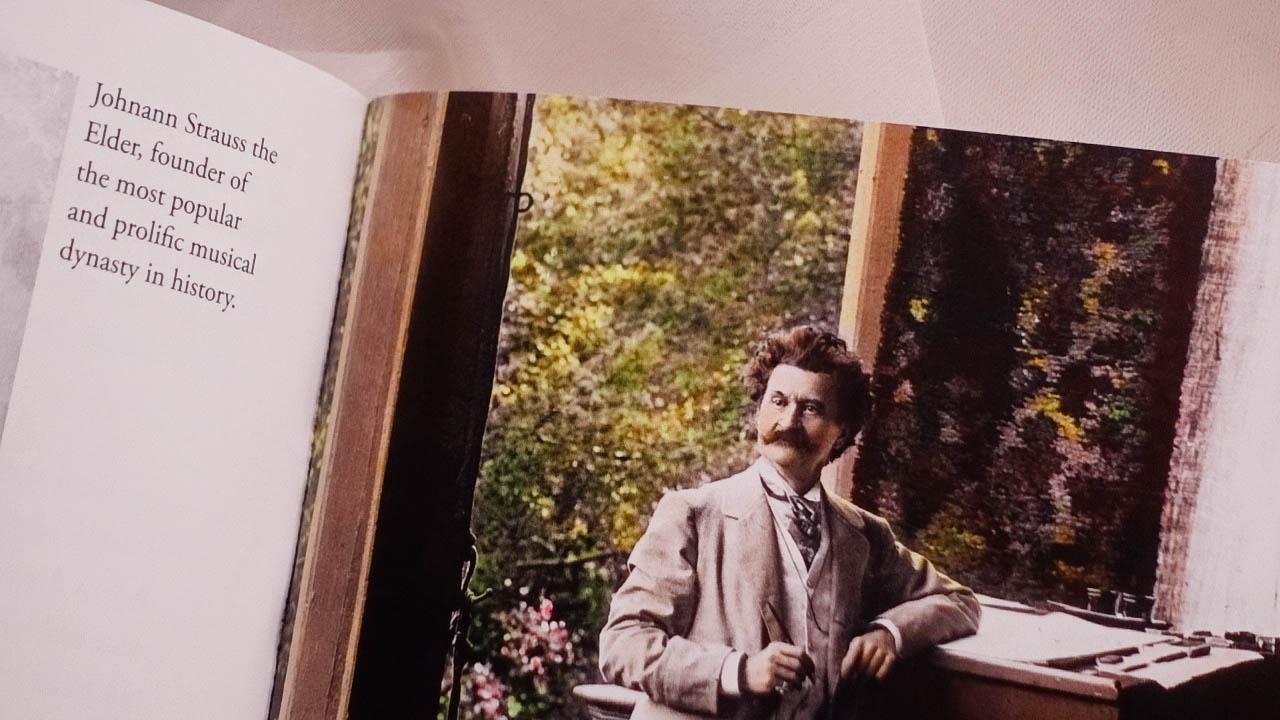Hello friends ! Can you believe Spring is almost over ? It’s only now, in May, that I’ve managed to see the sun a little, and my flowers are absolutely delighted. This has been one of the coldest, most grey and rainy Springs I have known here in Paris, and I find myself more and more in tune with nature as the years pass. This means that all the unusual patterns of weather can somewhat make me lose my balance, so finding my perfect ritual and sticking to it is absolutely crucial.
If I say that the rain motivated me to build an English inspired cocoon, it would be only half of the story, when in fact, it all began like this :
One day, scrolling on my phone, I saw the Louvre announcing the restoration of a painting that immediately caught my eye. This is the portrait of Anne of Clèves, fourth wife of Henri VIII, painted by Hans Holbein the Younger in 1539. I instantly thought of a book that came to me, rather serendipitously, almost 15 years ago, left behind by an international student that was leaving the dorm and didn’t have anymore space in their luggage. Amenable Women by Mavis Cheek. The portrait was on the cover, and it was, in fact, rather murkey compared to the freshly restored canvas. This called for a re-read, and an even more fascinating one that the first time around, I was mesmerised.
Mavis Cheek constructs two parallel stories, linked by the immortal feminine bond of sisterhood. Flora Chapman, a newly widow living in the English countryside, and Anne of Clèves, the repudiated wife of one of the most famous and most toxic males of history, connect their vibrations like a bridge over time, and tell a story of submission and resilience that can only inspire. Re-reading this novel has been one of the most intense experiences of my reading life. I visited the Louvre portrait several times while reading, and the pages kept synchronising to my being there. Every time I read a passage in front of the canvas, the plot was exactly at the Louvre, or Anne’s testimony spoke exactly of the way Hans Holbein chose to depict her. It was as if an invisible hand made me pause the night before, so I would be in the right place at the right time in order to continue.
One day, I had an hour to kill before meeting a friend and I decided to visit the Renaissance exhibition in the newly opened Hôtel de la Marine. I couldn’t believe who was waiting for me there… Henri VIII in all his glory, painted by the same Hans Holbein the Youngest.
And to think I had forgotten how the book ends :
The attendant stands in front of her, his head on one side as if seeing her for the first time. “There’s been a lot of interest in you, just recently,” he says, “so it’s good that you’re back. In fact, there has been so much interest in you that there is talk – only talk at this stage mind – that you may even be cleaned now . Then we’ll see what you’re really like beneath those years of neglect.”
Mavis Cheek, Amenable Women
Everything I came across while reading the book revolved around the subject. I had to admit the obvious : there was a strong English, feminine energy, calling me. And since travelling was not on the agenda, the next best thing was an English Spring ritual.
Once the decision was made, I naturally had to make a cup of English Tea. And since this was a ritual to lift my spirits and make me feel like I’m on holiday, I took out the fancy porcelain – one of my favourite patterns from the Royal Albert collections called Caroline. As for the tea, Fortnum and Mason are always a special treat. The Countess Grey blend is a twist on the classic bergamot flavour, enriched by a subtle orange zest that makes this a truly uplifting cup of tea for Spring. It made me feel light and lively, so I needed to choose a book that paired with my mood. And did I !
Miss Pettigrew lives for a day by Winifred Watson was my very first Persephone book, and might I say, a perfect choice to make me fall in love with the concept of publishing women writers from the early twentieth century. This was a novel that felt like a play set in a cheeky fashionable theater in the glory days of London in the interwar era. A middle-aged governess sent by her employment agency to work for a nightclub singer is only the begging of this hillarious series of mishaps. Keep in mind, you’ll have to consider the historic context, and then, even the simplest, most predictable joke, becomes an inspired twist. I loved the original illustrations that completed the theatrics and made the whole reading experience such a ligh and joyful moment. The dialogues are absolutely brilliant, and if you’re in a more serious mood, this makes for a good study of the feminine archetypes in the beggining of the thentieth century. However you choose to approach it, prepare your jewellery box : this is a book that calls for pearls !
But let’s not forget Miss Pettigrew is a simple woman, with or without her pearls, she must think of lunch. With that in mind, I made one of the most famous English light lunches : a scotch egg. Why scotch ? The explanations vary, but one thing’s for sure : they are not scottish if that’s what you were thinking. A boiled egg, wrapped in sausage meat, and deep fried as tradition would have it, or oven baked if you want a lighter version. Frying it in oil would temporarily seal it, thus making it perfect for travel and eating in on the go. You must try it with a picallily dip (mine was Danish cauliflower picallily, delicious !) and a fresh salad on the side to make it into a meal. Eggs are the quintesential Spring food, and this is such an easy way to make them a bit more special. Not to mention imagining you’re eating this from a posh picnic basket, in a carriage on your way to a Yorkshire estate let’s say. Dream travel through food, my friends !
The thing with Persephone books, especially if you’re not a native English reader, is that you fall through this rabbit whole where you want to read every single one of them since you’ve never heard of them before. I binged just a little, and continued my exploration with Mollie Panter-Downes’ short stories collection, Good evening Mrs Craven. I’m not a big fan of short stories, but the idea of glimpses into various aspects of English domestic life during World War II was of great interest to me. Probably influenced by Elizabeth Jane-Howard’s Cazalet Saga.
I found the writing particularly elegant, I loved the natural way of speaking about difficult subjects without adding more tragedy than reality had already imposed. I was affraid that jumping from one story to the other would make it hard for me to engage with the author, but in constructing such a well defined style, she gave consistancy to the series, and made it memorable in my case.
My last choice of novel was no doubt influenced by the wartime stories. The lost Garden, by Helen Humphreys, is a novel set in the English country side, written by a Canadian author. Proves to show that England keeps inspiring writers and readers alike. During World War II, as London was being evacuated due to heavy bombing, Gwen Davis, a young horticulturalist, takes a volunteer job of organising a neglected country estate, in the hopes of turning it into a productive vegetable garden that would help the food shortage. The domain reveals several secrets to Gwen, one of which is a love garden hidden from sight, just waiting for her attentive care. This was a novel I read in two afternoons, it’s the kind of plot that keeps you going without realising it. I loved the characters, the kinship we discover in times of distress, and of course, the garden. There was no denying it, I had to find my perfect English garden, without too much travel.
Thankfully, even if the French are not the biggest fans of anything English, the jardin à l’anglaise, English landscaping in its essence, was quite fashionable in the early XIXth century. You have several such English gardens in and around Paris, and my choice was to revisit the royal and imperial residence of Fontainebleau. The interiors are exquisite, and they have the rare advantage of presenting French history from the Renaissance up to the Empire, I highly recommend a visit. But I am here for the jardin à l’anglaise, and the timing is perfect. The rhododhendrons are in bloom, and this is quite a show.
This type of informal garden originated as a revolt against the formal, symmetrical gardens that came from France and became the norm all around Europe in the XVIIth century. An English garden is an idealized view of nature. You often have a lake and gently rolling lawns, a natural or artificial creek with bridges that creat an idyllic pastoral landscape. What better way of closing my English Spring ritual, on the first trully warm day of the year, as I slowly transition into summer.
It’s been quite an adventure, as usual. I somehow manage to link my reading with an invisible thread that draws a theme, a reason, an inspiration. I wonder, buzzing with excited curiosity, where my books will take me next.
Until then, enjoy your reading and your rituals !

